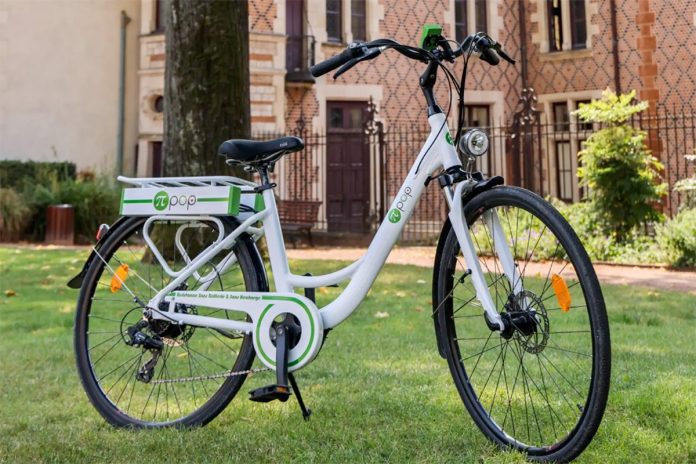In the evolving landscape of sustainable urban commuting, the French-designed Pi-Pop ebike has emerged as a noteworthy entrant, especially in its approach to electric assistance. At first glance, it might appear as just another player in the urban ebike-sharing arena, but its underlying technology tells a different story. The Pi-Pop ebike distinguishes itself by eschewing the traditional battery pack, typical of most ebikes, in favor of a supercapacitor-based system.
The supercapacitor system
Pi-Pop’s journey towards a cleaner, more sustainable mode of urban commuting has led to the development of three generations of battery-free supercapacitor ebikes over the past two years. The latest generation, launched in mid-2023, builds upon its predecessors with several evolutionary enhancements. These include a torque sensor, a suspension fork, and an updated component set, offering an improved riding experience.
Unlike conventional ebikes that rely on a battery pack charged through electrical grids, the Pi-Pop ebike’s power management is both rapid and dynamic. The system harnesses energy from rider pedaling and regenerative braking, converting it into electricity that’s stored in supercapacitors located alongside the rear rack. This design minimizes the impact on flat surfaces, ensuring that the rider doesn’t experience significantly harder pedaling. The energy generation intensifies during downhill coasting and reaches its peak during active braking.
Once the rider begins an uphill journey, the stored electricity is instantly discharged, providing up to 250 watts of electric pedal assistance. This process is seamlessly managed by sensors, balancing charge and discharge across varying terrains.
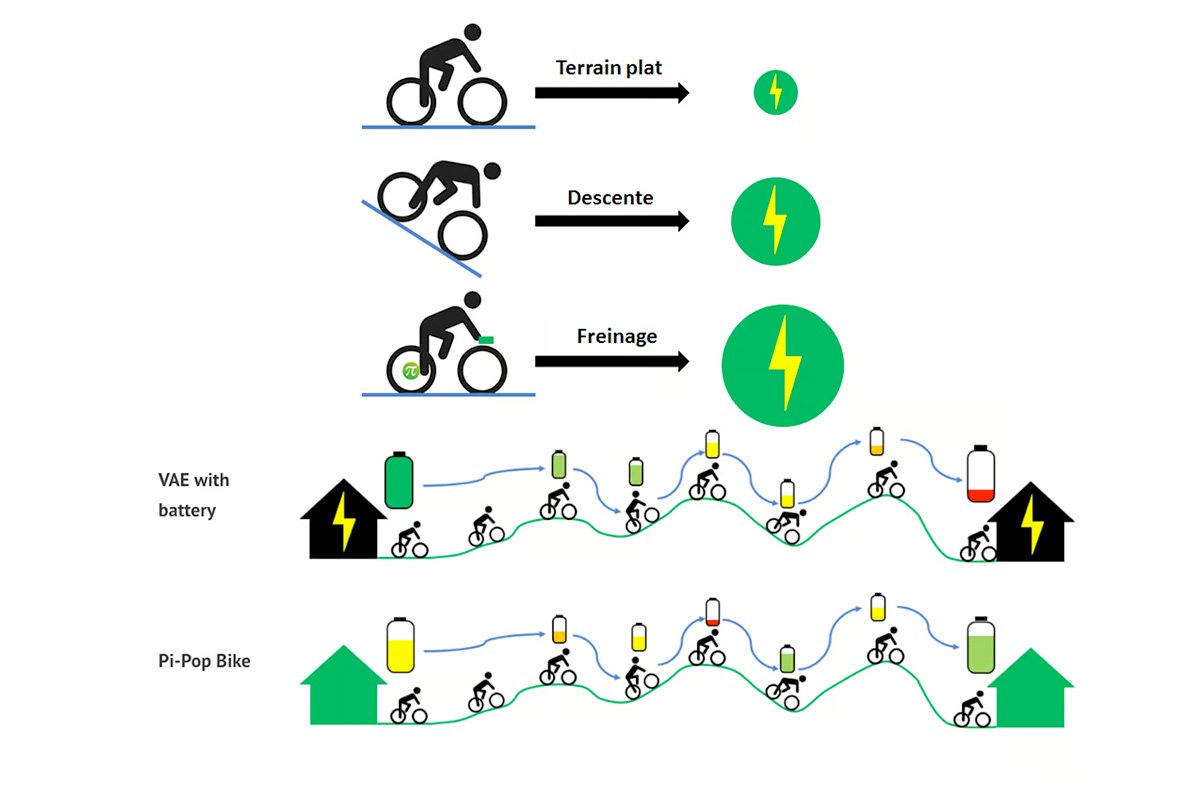
Design and weight considerations
The Pi-Pop ebike does not particularly emphasize weight reduction as a primary advantage of its supercapacitor system. Weighing in at 48 lbs (21.7 kg), it doesn’t claim to be the lightest ebike on the market. The design of the supercapacitor boxes also doesn’t offer a noticeable aesthetic improvement over traditional battery packs.

Environmental and practical benefits
Pi-Pop highlights the environmental benefits of their design, noting the use of more basic materials like aluminum, carbon, cellulose, and polymer instead of the sensitive materials required for lithium batteries. This choice not only reduces dependency on these materials but also enhances the lifespan of the supercapacitors, estimated to be between 10 to 15 years. Furthermore, much of the material is recyclable, aligning with sustainable practices.
A unique advantage of this system is its independence from the grid. The battery-free supercapacitor ebike is always ready for a ride, charging its motor power during the ride itself. Although the supercapacitors may drain over a period of around two months when not in use, the bike can be quickly recharged with a few laps, especially if facing uphill routes initially.
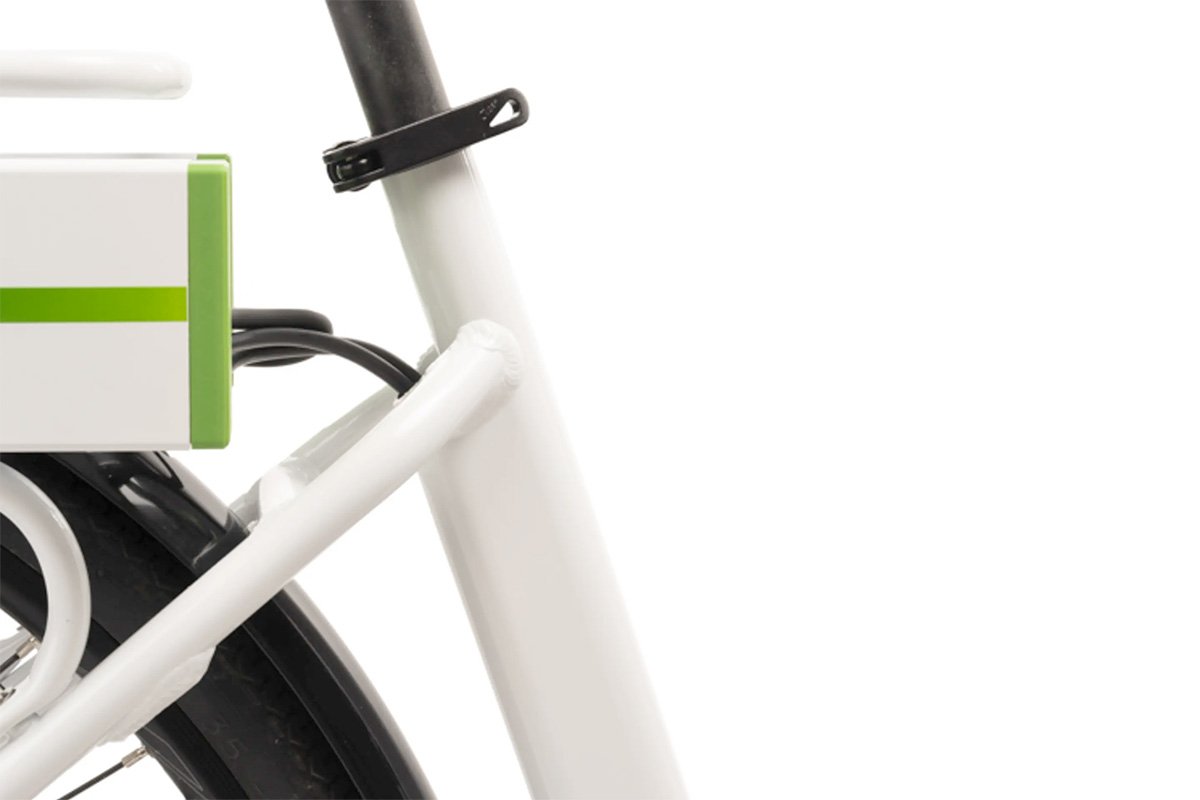
Limitations and market focus
Despite its innovative approach, the Pi-Pop ebike has its limitations. The supercapacitors can store only small amounts of energy, meaning they are not suited for long or steep climbs exceeding a 10% grade over approximately 1,640 feet (500 meters). Beyond this point, the bike’s power gradually reduces, leaving the rider with a heavy, non-electric bike to manage. As a result, Pi-Pop markets this ebike primarily to urban riders dealing with moderate hills, rather than those seeking to navigate challenging terrains like the French Alps.
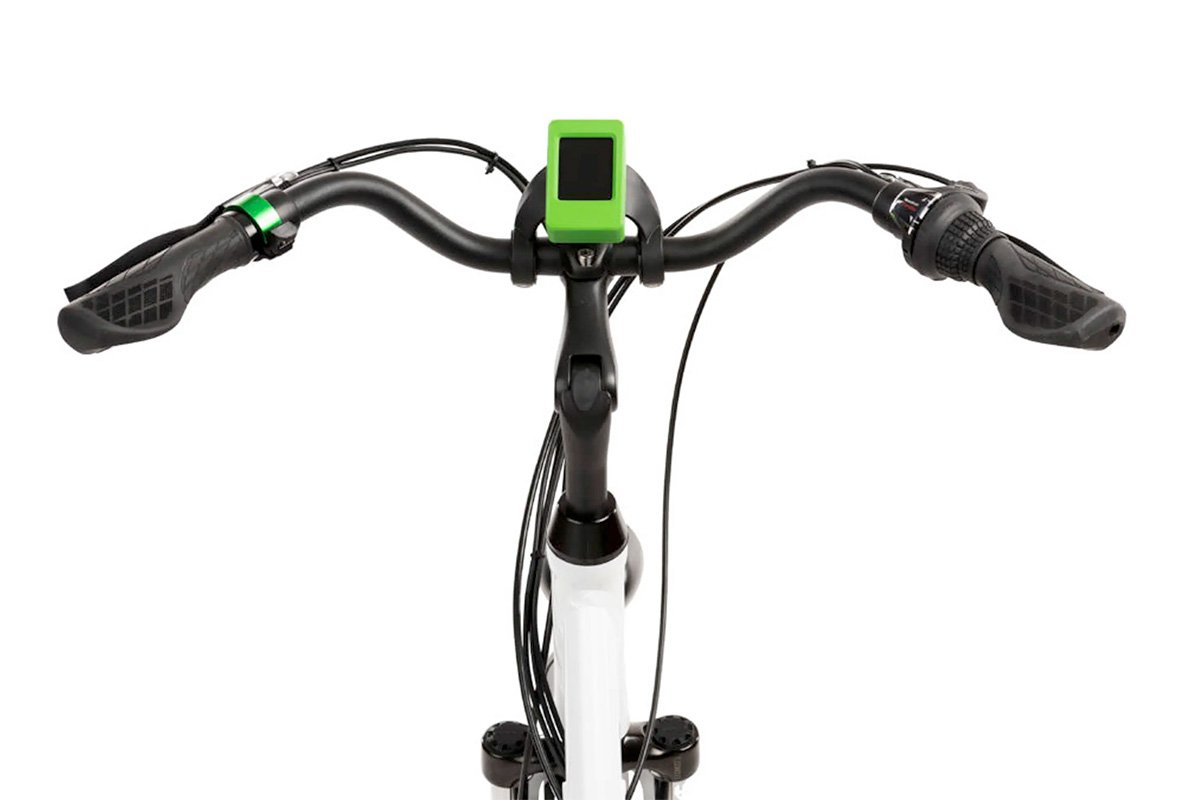
Production and pricing
According to Euronews, Pi-Pop currently assembles around 100 bikes per month at its headquarters in Orléans, France. Plans are underway to increase production tenfold in 2024, with an eye towards greater expansion across Europe. The third-generation Pi-Pop battery-free supercapacitor ebike is priced at €2,450 (approximately US$2,680), inclusive of VAT.
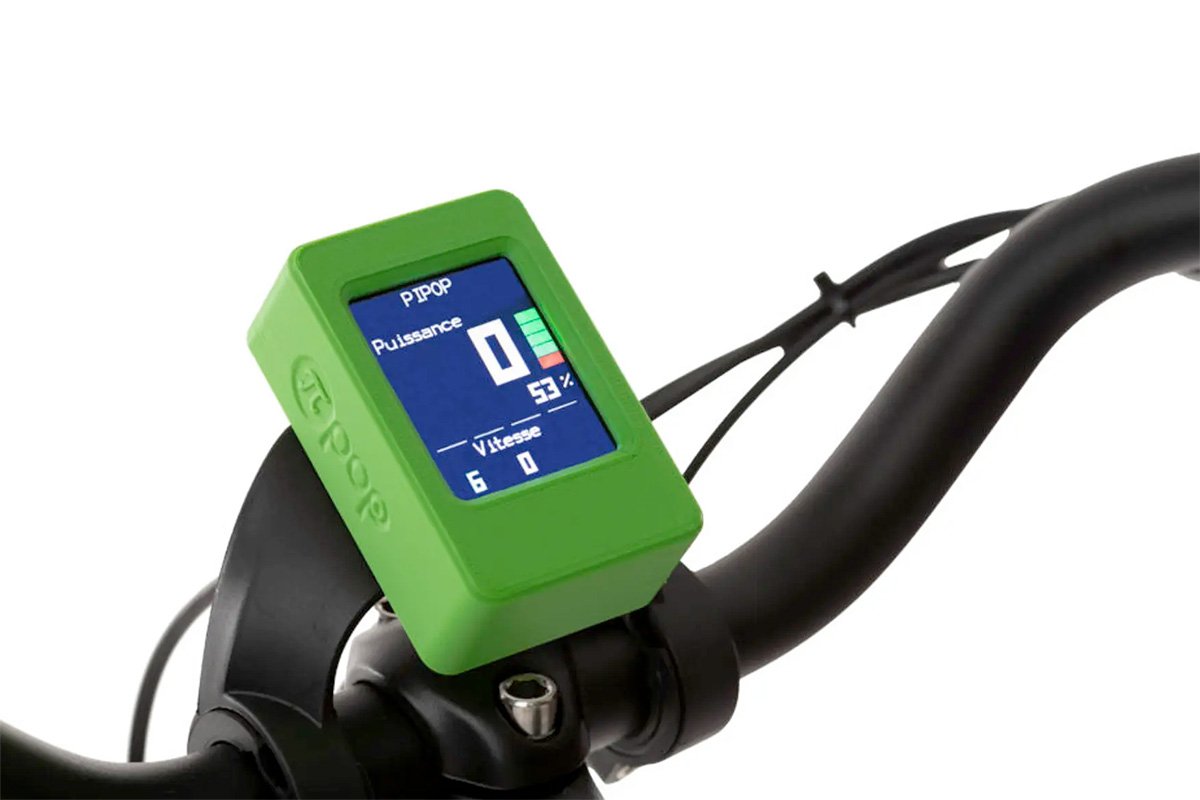
Source: Pi-Pop

